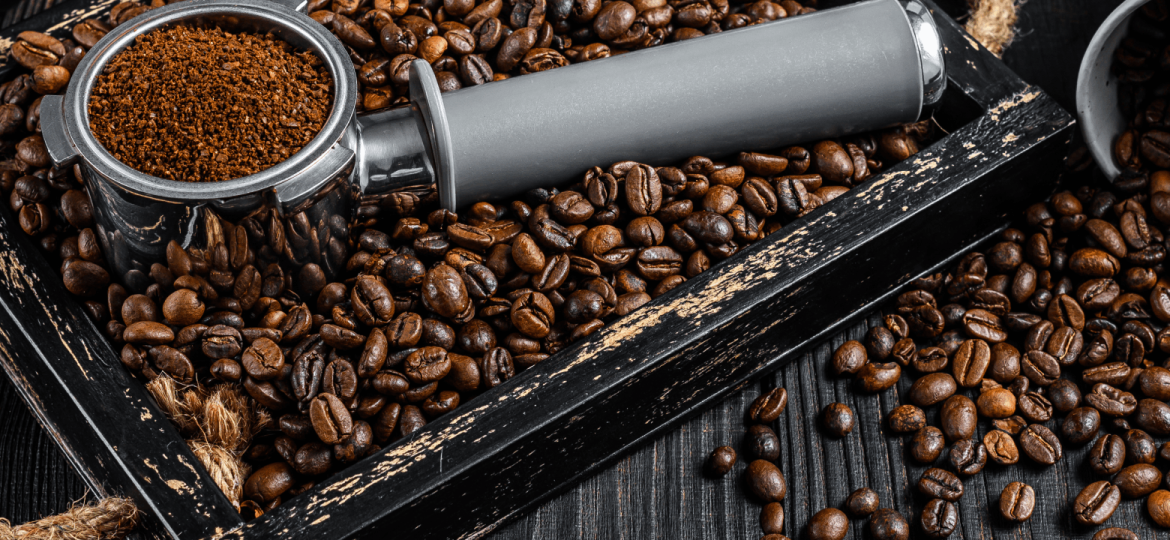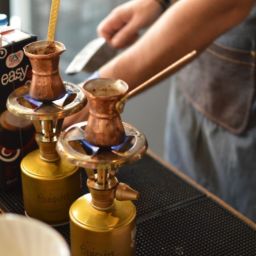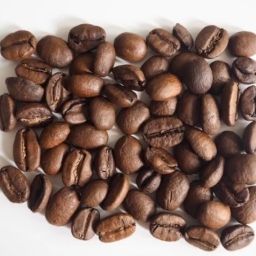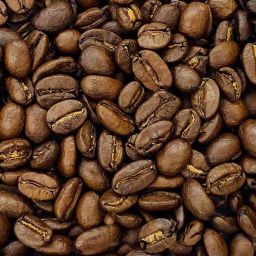
Espresso roast coffee is a delight for those who love a strong, impactful cup. What sets it apart is its dark roast, which not only deepens the flavor but also enhances the natural sweetness of the coffee beans. Typically, these beans are roasted until they exude a rich, bold aroma, characterized by a smoky, sometimes even chocolaty scent. This type of roast is specifically designed to perform exceptionally well in espresso machines, where precision and intensity are key.
The popularity of espresso roast is no mystery. It’s favored for its ability to produce an espresso that is not just potent and concentrated, but also rich and complex. The preferred brewing methods for espresso roast include using high-pressure espresso machines, which effectively extract the coffee’s deep flavors and aromatic oils, resulting in the beloved creamy consistency of a well-made espresso.
Key Takeaways on Espresso Roast Coffee
- Tailored for Espresso Machines: Espresso roast coffee is specifically crafted for use in espresso machines. This roast ensures that when you press that shot, you get a coffee that’s full-bodied and bold, perfect for kick-starting your day or as a base for other coffee drinks.
- Rich and Dark Roast: The dark roasting of espresso beans enhances their natural sugars, caramelizing them, which adds a notable sweetness to the coffee. This process also reduces the acidity typically found in lighter roasts, making the coffee smoother and more palatable for those sensitive to sour flavors.
- Flavorful Complexity: One of the joys of espresso roast coffee is its complex flavor profile. You can expect notes of caramel and chocolate, and depending on the bean’s origin, even hints of smokiness. This variety makes each sip a rich sensory experience, inviting coffee lovers to discern and appreciate the nuanced tastes.
Flavor Profile and Characteristics
When you sip espresso made from espresso roast beans, you’re treated to a robust and full-bodied flavor that’s both rich and bold. This distinct taste is largely due to the dark roasting process, which not only deepens the beans’ natural flavors but also brings out a caramelized sweetness. These darker roasts have less acidity compared to their lighter counterparts, making the coffee smoother and richer.
Espresso roasts stand out from lighter roasts, which often retain a higher acidity and more of the original flavors of the coffee bean, including fruity and floral notes. On the other end of the spectrum, even darker roasts than espresso, like French roasts, tend to have a smokier, almost burnt flavor. Thus, espresso roasts strike a delightful balance, offering enough intensity to stand up to milk in lattes and cappuccinos, while maintaining enough of their unique characteristics to be enjoyed solo.
Brewing the Perfect Espresso
Achieving the perfect espresso is an art that combines the right equipment with meticulous technique. Start with a good espresso machine and fresh espresso roast beans. Grinding the beans to the right consistency is crucial—too fine, and your espresso may be over-extracted and bitter; too coarse, and it might be weak and underwhelming. Aim for a grind that feels like fine sand.
Tamping the ground coffee correctly is also essential for a perfect espresso shot. You’ll want to apply even pressure to the coffee grounds in your espresso machine’s portafilter to ensure the water passes through evenly during extraction. This prevents channeling, where water bypasses the coffee grounds, leading to a poor extraction.
Finally, consider the extraction time and pressure. A typical shot of espresso should be extracted over about 20-30 seconds at a pressure of about 9 bars. This creates the beautiful crema on top, a hallmark of a well-extracted espresso. Adjusting these parameters might be necessary depending on the coffee blend and your personal taste preferences.
Espresso Roast vs. Other Coffee Roasts
When exploring the world of coffee, you’ll quickly find that not all roasts are created equal. Each type of roast brings its own unique flavors, caffeine content, and brewing recommendations. Let’s dive into how espresso roast compares to other popular choices like French roast and medium roast.
Flavor Distinctions
Espresso roast is typically darker than a medium roast but not as dark as a French roast. This places it in a sweet spot where it retains many of the original coffee bean’s aromatic qualities while enhancing the body and sweetness through caramelization of sugars.
A medium roast, in contrast, offers a more balanced flavor profile that highlights the bean’s natural characteristics, such as fruity or floral notes. French roast is on the darker end of the spectrum, pushing past caramelization to a point where the smoky, almost burnt flavors become predominant.
Caffeine Content Variations
Contrary to popular belief, darker roasts like espresso and French roast generally contain slightly less caffeine than lighter roasts. This is because caffeine slightly degrades during the longer roasting process. However, because espresso is brewed to be more concentrated, it delivers a stronger caffeine kick per ounce compared to a standard cup of coffee from medium or French roasts.
Brewing Methods
Espresso roast, as its name suggests, is optimized for espresso machines where high pressure extracts rich, full-bodied coffee in short shots. Medium roasts are quite versatile and can be used in a variety of brewing methods, from drip coffee makers to pour-overs, which accentuate their balanced flavors. French roasts are often favored for brewing methods like the French press, which can handle and complement its robust character.
Versatility in Coffee Preparations
While traditionally used for making espresso, espresso roast beans are quite versatile and can be used in various coffee preparations. They are excellent for lattes, cappuccinos, and other espresso-based drinks where their robust flavor can stand up to dilution with milk and other additives.
Surprisingly, they can also be quite enjoyable when used in a cold brew setup, where the extended brewing time at a lower temperature extracts deep, chocolaty flavors without excessive bitterness.
FAQs
Does espresso roast have more caffeine than regular coffee?
Interestingly, espresso roast coffee does not inherently contain more caffeine than regular coffee; the caffeine content is more about the bean type and how much coffee is used. Because espresso is often served in smaller, more concentrated shots, it may seem stronger, but ounce for ounce, the caffeine might be comparable to or slightly less than that found in regular drip coffee due to the dark roasting process which slightly reduces caffeine levels.
Can espresso roast be used for other brewing methods like French press or cold brew?
Absolutely! While espresso roast is optimized for espresso machines, it’s versatile enough for other brewing methods. Using espresso roast in a French press can yield a rich, full-bodied coffee, and it’s fantastic in a cold brew setup where its bold flavors can shine through without the bitterness that hot brewing might introduce.
How does the flavor of espresso roast differ from French roast or medium roast?
Espresso roast typically offers a balance between the bold, caramelized depth of French roast and the brighter, more acidic notes of medium roasts. While French roast tends towards a smokier, almost burnt flavor due to the extensive roasting, medium roast will highlight the bean’s inherent qualities with more pronounced fruity or floral notes. Espresso roast sits in the middle, providing a robust flavor that’s not overly bitter, making it ideal for those who appreciate a potent yet balanced coffee.
Final Thoughts
Espresso roast coffee stands out for its rich, robust flavor profile and versatility. It’s designed to perform excellently under the high pressures of espresso machines, producing a concentrated and flavorful shot that serves as the base for a variety of coffee drinks. However, its appeal doesn’t end there. Its boldness makes it suitable for other brewing methods, from a soothing French press brew to a refreshing cold brew.









